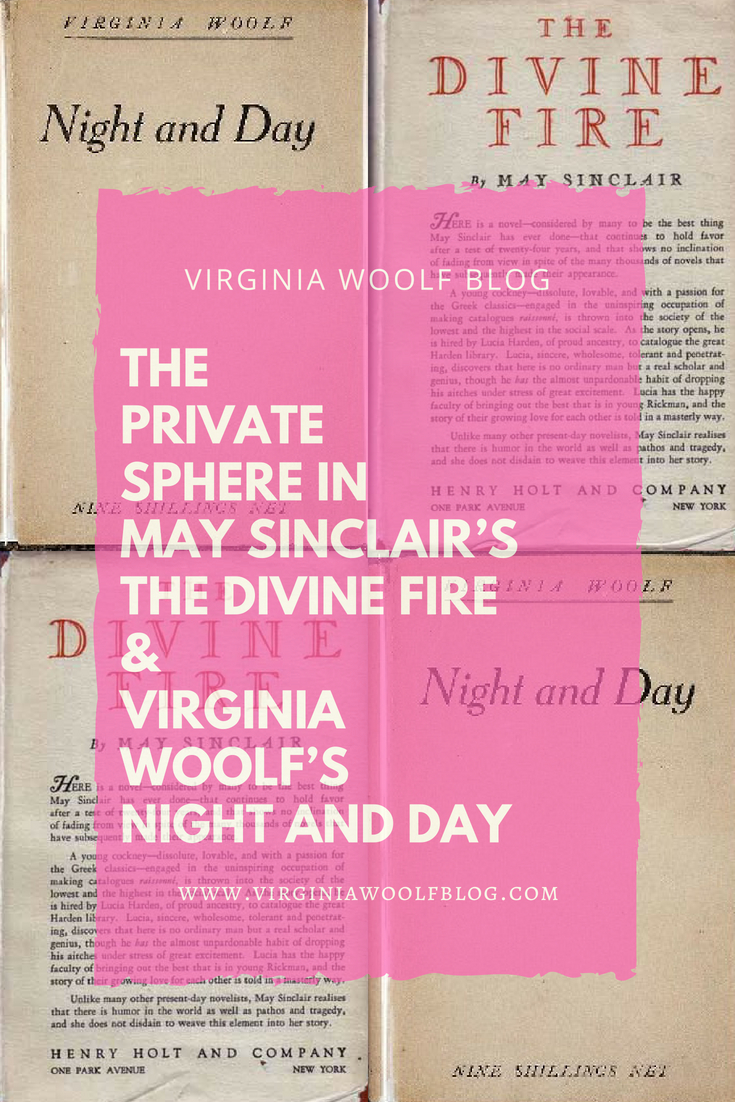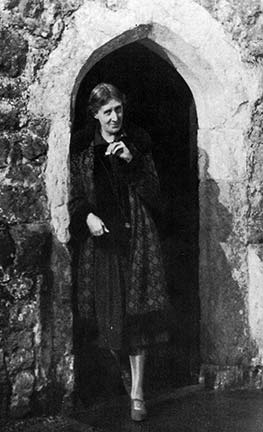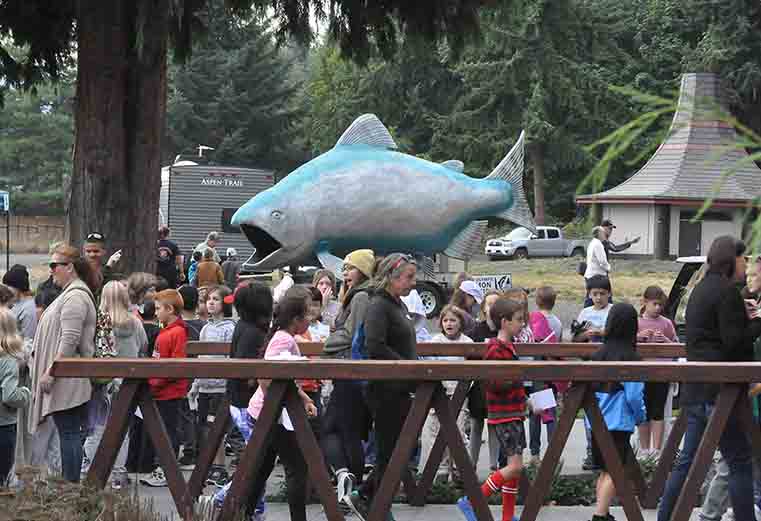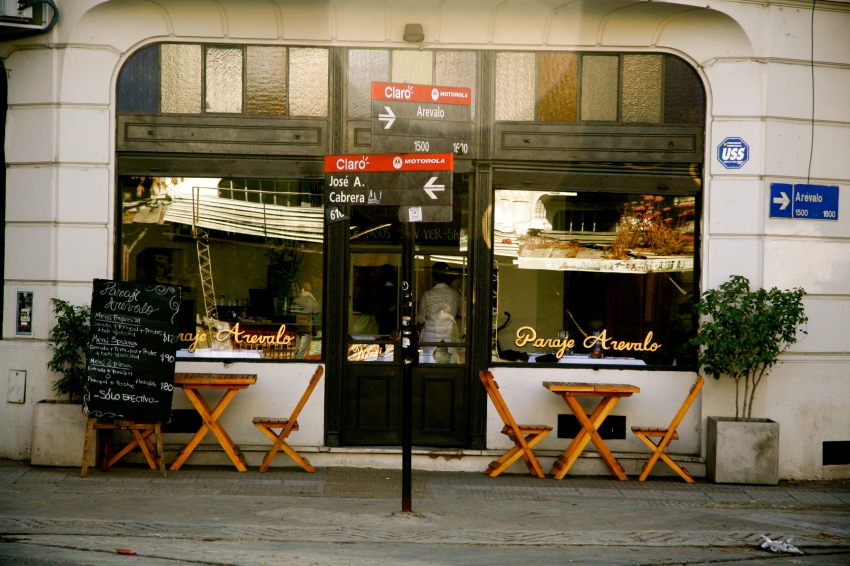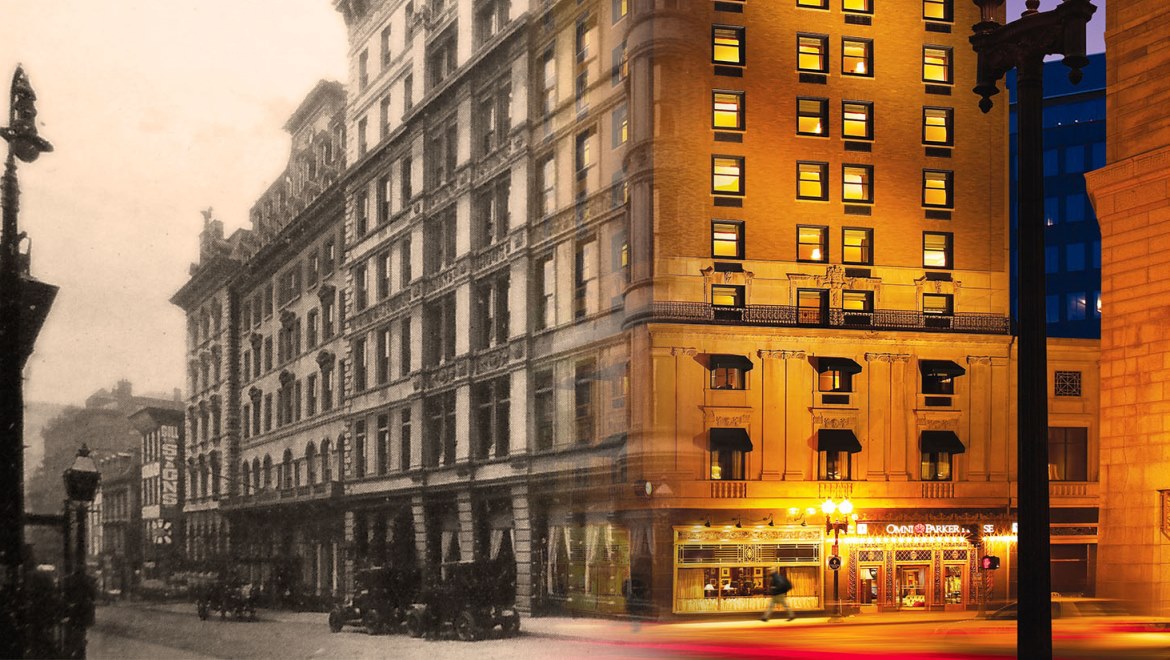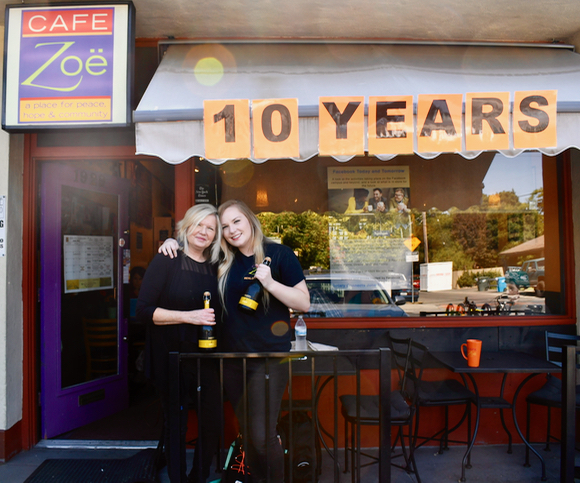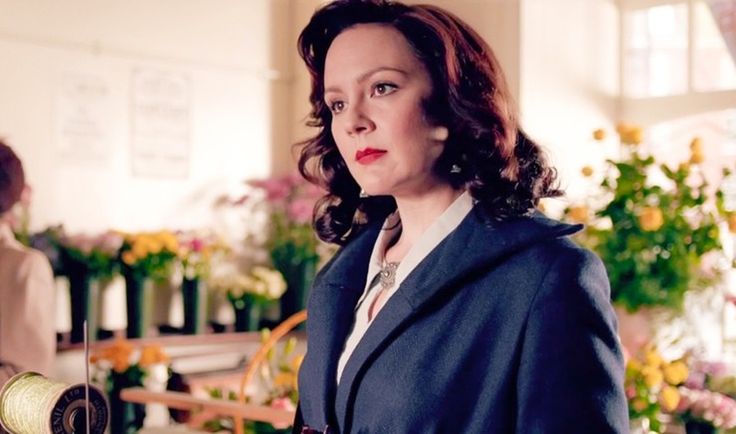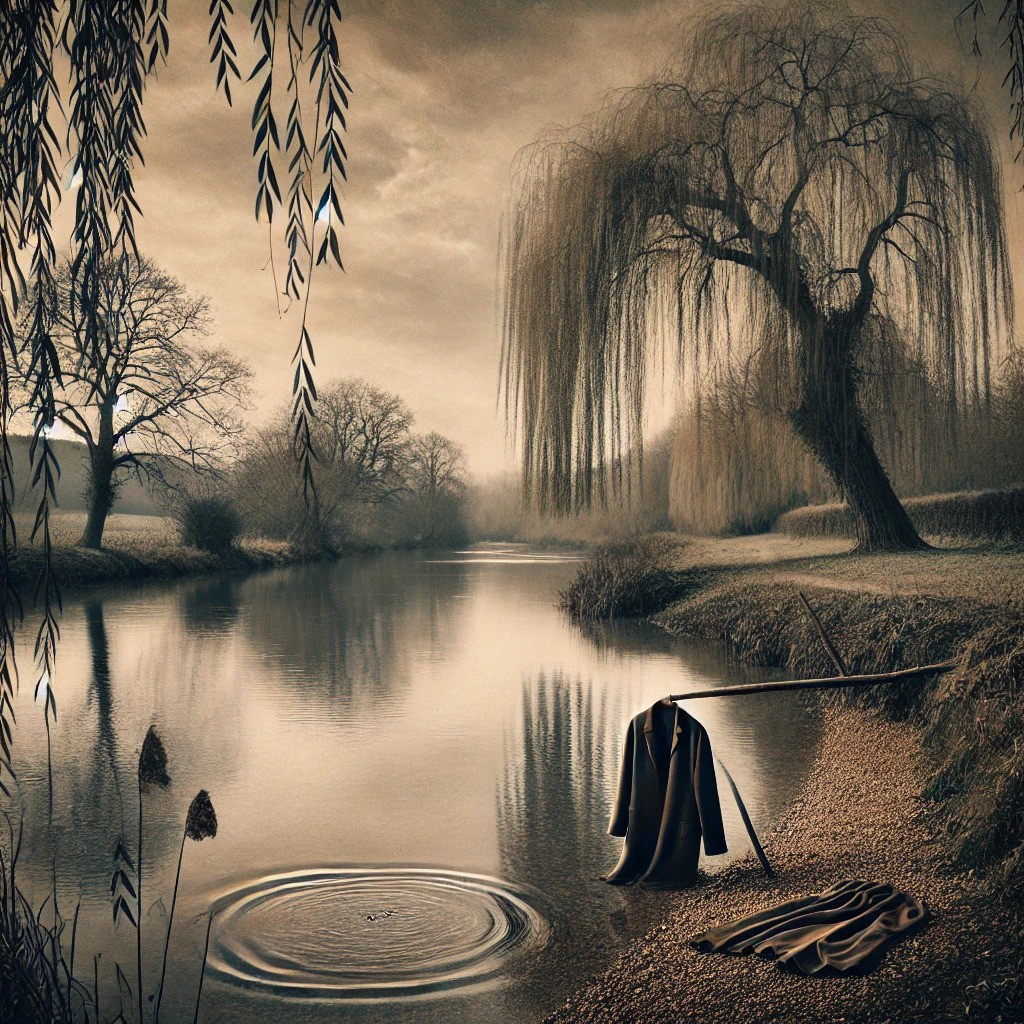
On the day Virginia Woolf committed suicide, Friday March 28, 1941, Leonard had tried to keep Virginia occupied, knowing that she wasn’t well and needed to keep busy.
Yet, though he feared she was headed for another mental breakdown and was possibly on the verge of suicide, he still allowed her out of his sight at times because he knew that keeping her confined caused her stress and he did not want to be overbearing.
According to Leonard’s autobiography, the decision not to put Virginia under the surveillance of nurses or caretakers “was wrong and led to the disaster.”
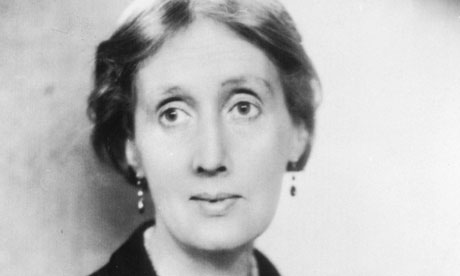
Virginia’s day started out badly, with the Woolf’s housekeeper, Louie Mayer, later stating that she had spoken to Virginia in her bedroom that morning “because it seemed to be one of her bad days again.”
Louie later explained that as she went about her housework, Leonard asked her to give Virginia a feather duster so she could help her clean, according to the book Leonard Woolf: A biography: “I gave her a duster, but it seemed very strange. I had never known her want to do any housework with me before.”
The dusting didn’t last long for Virginia as she soon put the feather duster down and went out to her writing lodge in the backyard. Wanting to keep an eye on her, Leonard visited her in her lodge at 11 a.m. and saw her writing something.
During their conversation, Virginia said she was going to do some housework and then go for a walk before lunch. Virginia and Leonard then returned to the house together and Leonard told her to lie down and rest for a half hour while he went up to his study to work.
After Leonard went upstairs, Louie stated that she saw Virginia go back out to her writing lodge, then return to the house, put on her fur coat and her Wellington boots, pick up her walking stick and walk outside towards the front gate.
Virginia’s biographer, Hermoine Lee, suspects it was either during the first trip to the house with Leonard or the second trip to put on her coat that Virginia left her suicide note to Leonard to and her suicide note to Vanessa, her sister, on the table in the upstairs sitting-room. She also left a second note to Leonard in her writing lodge, though it is not clear when she placed it there.
After Virginia exited the front gate, she passed the church on her way down the river Ouse. Along the way, a villager, Bert Skinner, saw Virginia walking but didn’t think anything strange about her behavior. At about twenty minutes to noon, a farm worker cleaning ditches by an osier bed, John Hubbard, also saw her walking towards the river. He often saw Virginia walking along the river but usually in the afternoon. After watching her for a few minutes, he went home for lunch. It was the last time anyone saw Virginia alive.
At 1 p.m. Louie rang the bell for lunch. Leonard later wrote in his biography “I was in the garden and thought she was in the house.” When Leonard went upstairs to the sitting-room to listen to the news, he found the suicide notes. After reading the one addressed to him, Leonard ran down the stairs shouting “Louie! I think something has happened to Mrs. Woolf! I think she may have tried to kill herself!”
Leonard searched the house and the garden while Louie ran to fetch a friend, Percy Bartholomew, who then located the village policeman Wilfred Collins. They immediately ran to the river, where Virginia was known to take long walks. There, Leonard found Virginia’s footprints and walking stick on the river bank but there was no sign of her. Some of the men dove into the water while others brought tackle and ropes to dredge the river:
According to Lee, Leonard searched the surrounding area for any sign of her:
“Leonard thought Virginia might have gone up to the ruin they called “Mad Misery,” and he and Louie went to look. They searched for her ‘along the water meadows, and the river bank, and the brooks, until it was night-time and we had to give up.’ Vanessa came, when he got back home. Leonard told her the catastrophic news. Every single day, including this one, Leonard entered into his diary the cumulative mileage of his car, plus the mileage that day, which on March 28 was thirteen, taking Vanessa back to Charleston. The rest of the space is obscured by a brownish-yellow stain which has been rubbed or wiped. It could be coffee or tea or tears. This smudge is unique in all his years of neat diary-keeping.”
Later that evening, Leonard found the second suicide note Virginia had left for him in her writing lodge. He examined it closely and believed it was what he had seen Virginia writing that morning when he visited her in her lodge. The note read:
“Dearest,
I want to tell you that you have given me complete happiness. No one could have done more than you have done. Please believe that.
But I know that I shall never get over this: and I am wasting your life. It is this madness. Nothing anyone says can persuade me. You can work, and you will be much better without me. You see I can’t write this even, which shows I am right. All I want to say is that until this disease came on we were perfectly happy. It was all due to you. No one could have been so good as you have been, from the very first day till now. Everyone knows that.
V.”
Virginia’s body was found three weeks later after it washed up near the bridge in Southease.
Sources:
“An Autobiography” Volume II; Leonard Woolf
Leonard Woolf: A Biography; Victoria Glendinning; 2006
“Virginia Woolf”: Hermoine Lee; 1997

